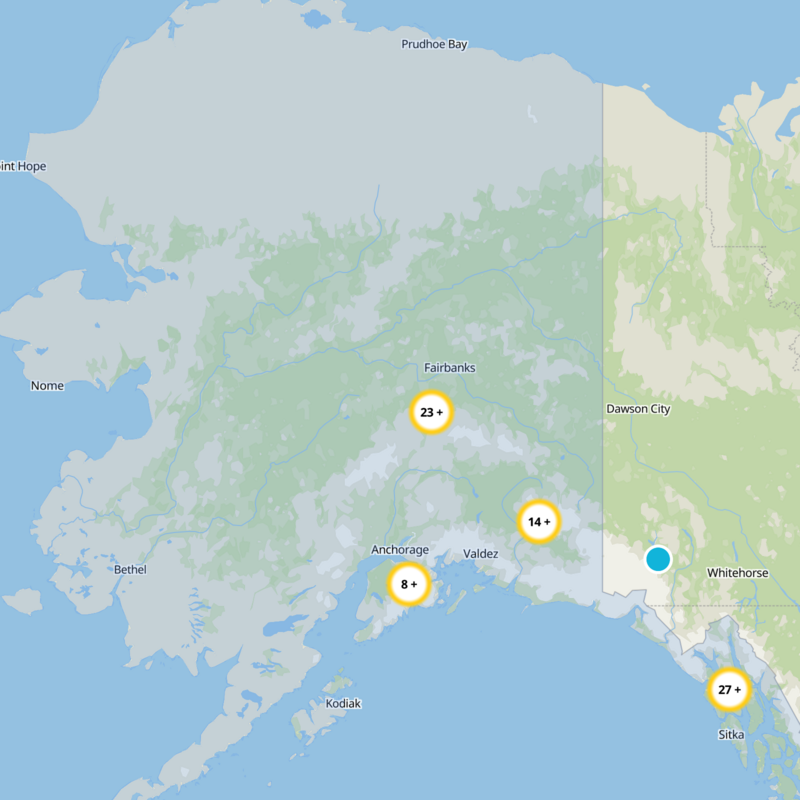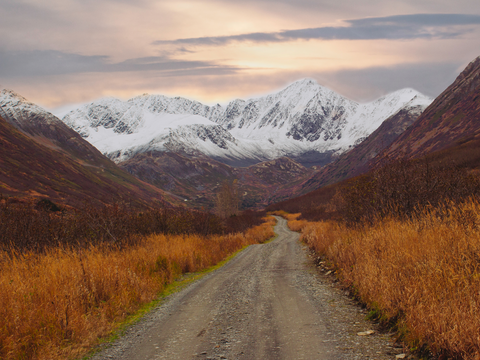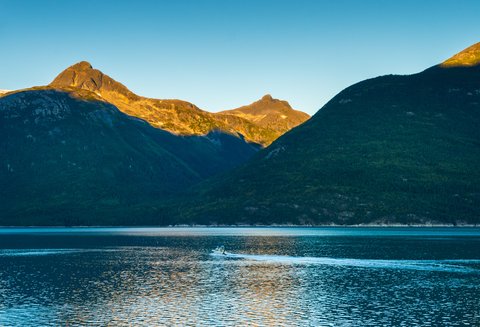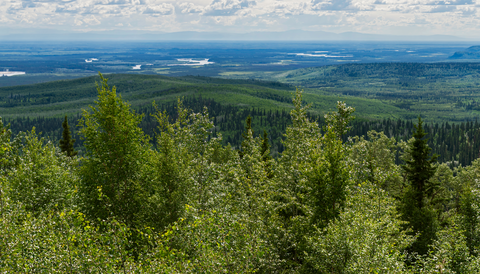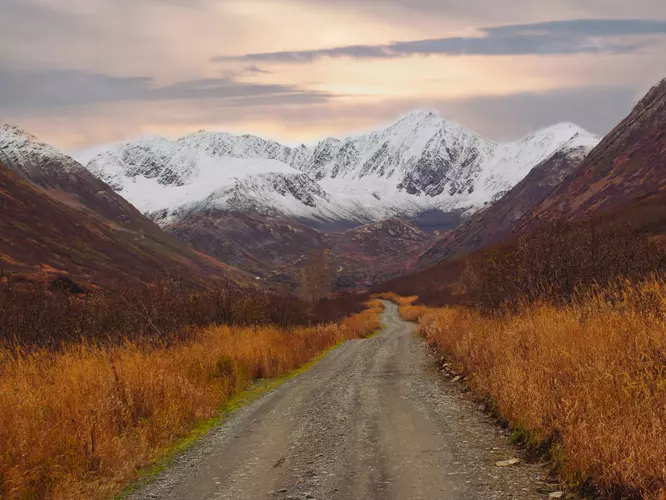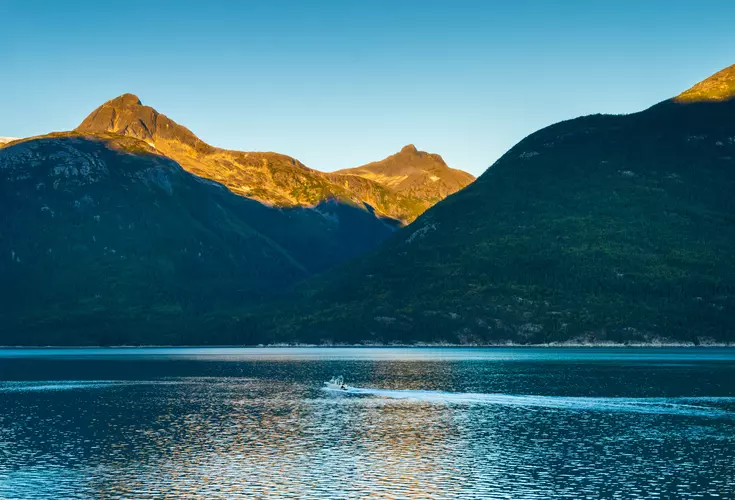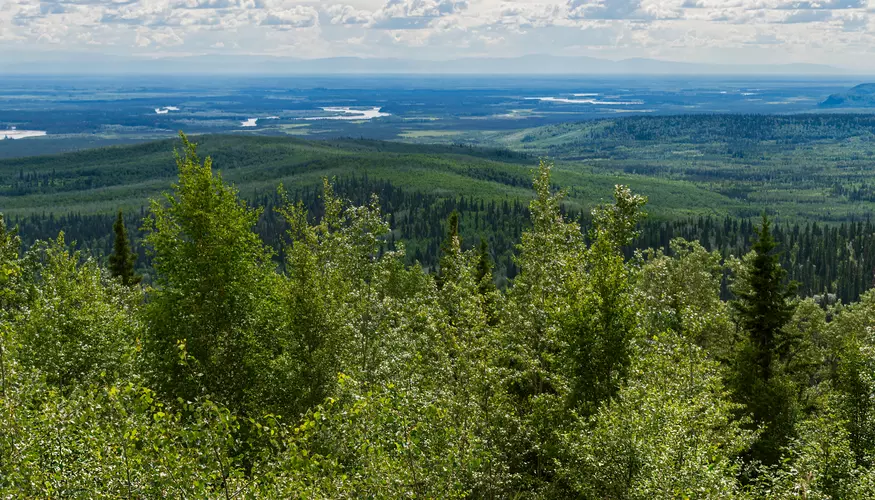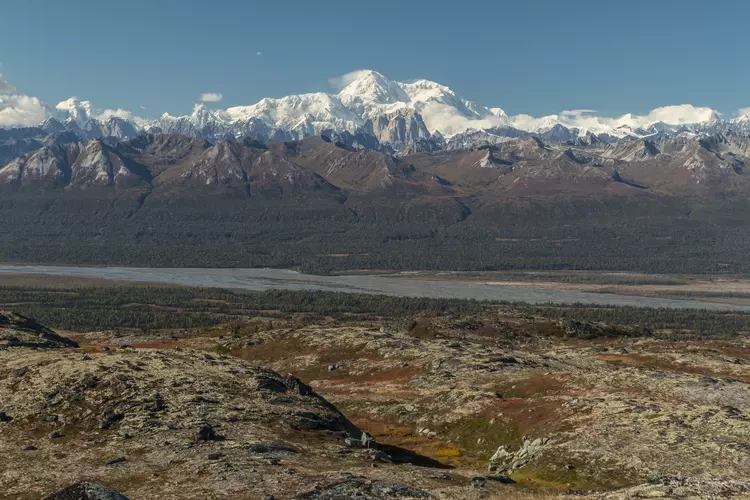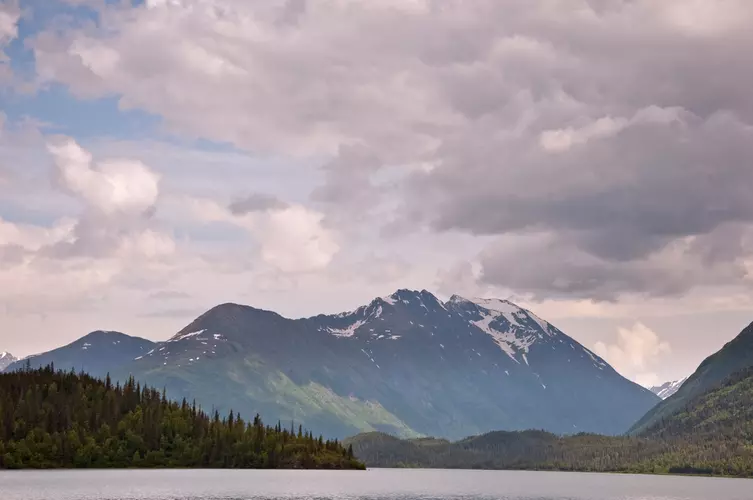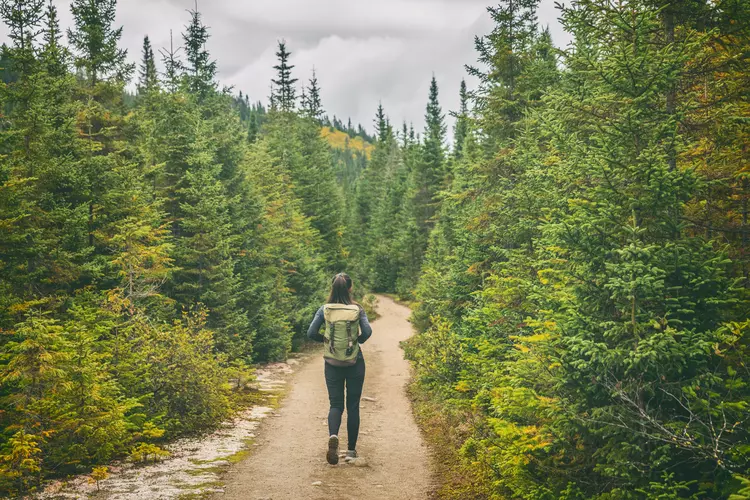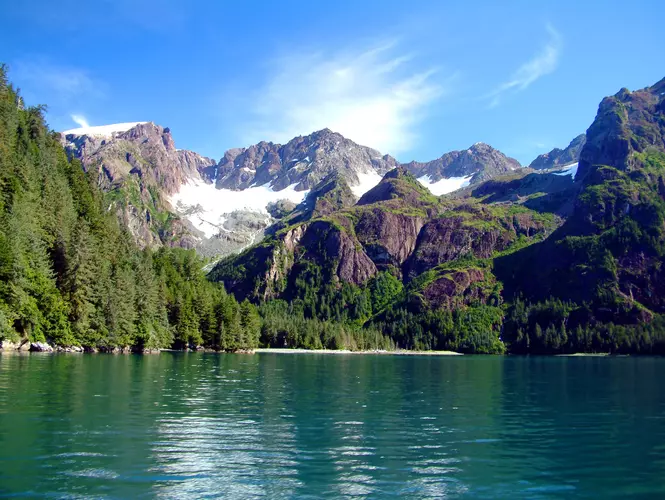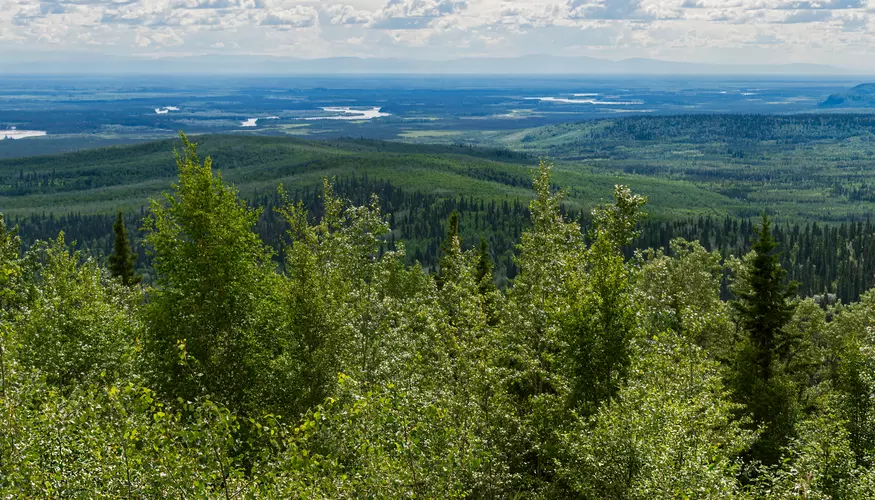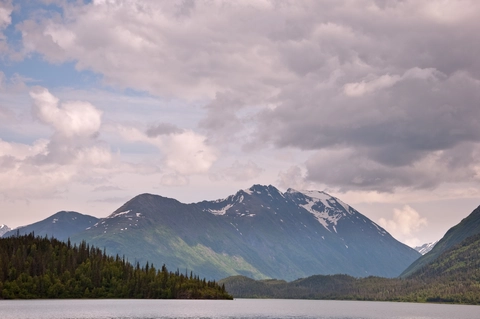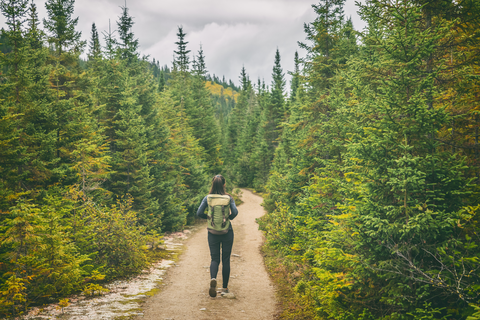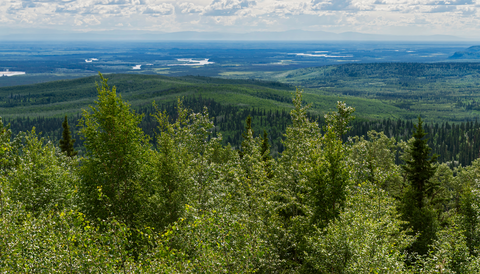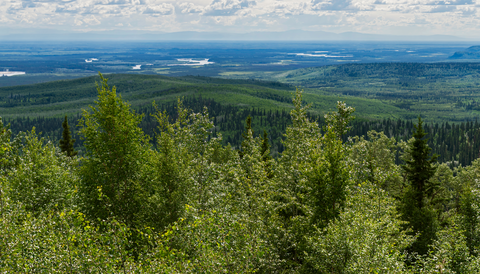"Discover Alaska’s untamed beauty on trails revealing glaciers, Northern Lights, and majestic wildlife."
Embark on an Alaskan hiking adventure where the wild, untamed beauty of the Last Frontier awaits. Traverse trails that wind through ancient forests, alongside glacial rivers, and up to panoramic vistas of snow-capped peaks. Witness the dance of the Northern Lights or the majesty of grizzly bears in their natural habitat. Each step unveils a new wonder, from the serene silence of Denali's backcountry to the rugged coastline of Kenai Fjords. Alaska's trails promise an unforgettable journey into nature's grandeur.
Most popular hikes
FAQs about hiking in Alaska






